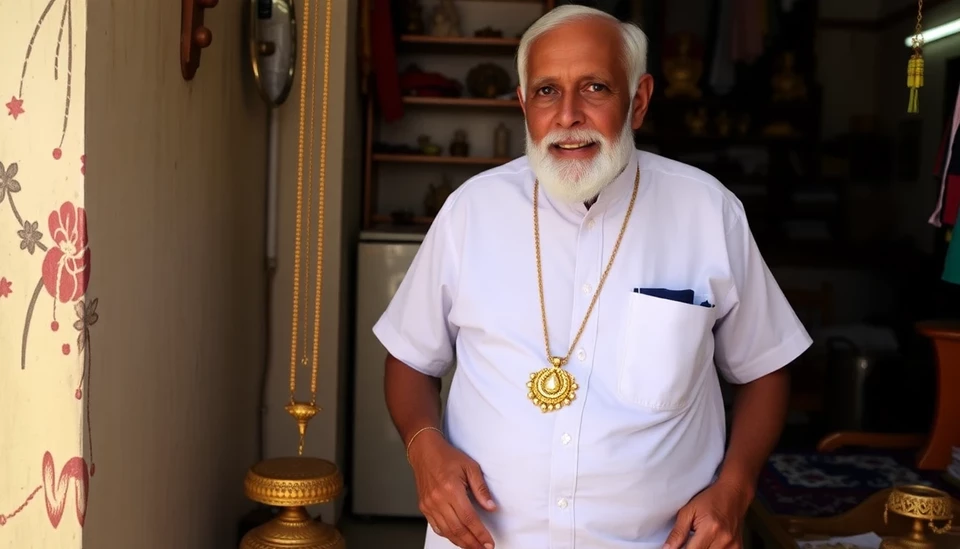
In a nation where gold jewelry signifies heritage and family legacy, a growing trend is emerging among India’s elderly population: selling their precious gold ornaments to finance retirement plans. As traditional support systems erode and financial independence becomes more vital, many senior citizens are turning to their jewelry boxes for financial relief.
Gold has long held a significant place in Indian culture, often handed down as heirlooms across generations. It symbolizes not only wealth but also security. However, with rising costs of living and inadequate pensions, seniors are finding that these ornate pieces—often acquired as wedding gifts or family heirlooms—provide a lifeline in times of need.
Several factors contribute to this trend. Firstly, the socio-economic landscape in India is changing rapidly. Families are moving away from joint family systems, leading to a decrease in family support for the elderly. Many older adults are now living independently or with fewer family members. As such, relying on these social structures for financial security has become less reliable.
Additionally, the real estate and stock markets have proven volatile, prompting many retirees to seek safer financial assets. Gold is considered a stable investment during economic turbulence, but it is not without its liquidity challenges. Selling gold jewelry allows retirees to unlock the value of their assets quickly, providing immediate cash without the risk associated with other investment vehicles.
Moreover, with a rapidly aging population—India has almost 140 million citizens over the age of 60—the demand for effective and easy means of funding retirement is more pressing than ever. Financial advisors are increasingly encouraging older adults to consider selling their gold as part of a holistic retirement strategy.
Despite this trend, the decision to part with family heirlooms is deeply emotional for many. Stories abound of individuals who faced internal conflict, grappling with the sentimentality of relinquishing objects that represent familial bonds and personal histories. Social pressures, traditions, and cultural reverence for familial gifts can make this process fraught with tension.
However, as economic pressures mount, many seniors are finding peace in the idea that they can use these pieces to secure a better quality of life in their golden years. They cite reasons ranging from healthcare costs to everyday expenses that increasingly challenge their financial stability.
The market for second-hand gold is also thriving, with numerous jewelers and funds leveraging this trend. Many offer attractive rates for gold buying, making it easier for seniors to convert their jewelry into cash without feeling undervalued. Some technology-driven platforms are entering the fold, providing online avenues for selling gold, ensuring that even those who may not feel comfortable in traditional marketplaces can access better deals.
In an environment where financial literacy is gaining ground, many retirees are becoming astute players in the marketplace. They are informed about their options, ensuring that they get the best value for their precious jewelry. This does not only liberate them from financial constraints but also empowers them to maintain a degree of autonomy over their retirement planning.
This trend of liquidating gold objects signifies a significant shift in how aging Indians view wealth and security. It reflects a move toward modernity and self-sufficiency as the needs of elderly citizens evolve in an increasingly urbanized society. With jewelry boxes now acting as more than just keepsakes but as financial assets, India’s seniors are forging a new narrative around retirement planning.
This delicate balance of sentimentality and practicality reminds us how intertwined culture and economy can be, and as this trend continues to grow, we can expect to see further adaptations that cater to the needs of India's aging population.
Is the decision to sell grandma’s gold simply a sign of changing times? Or is it a reflection of the ongoing economic challenges faced by the elderly in India? Only time will tell as this narrative continues to unfold.
#GoldJewelry #RetirementPlanning #ElderlyFinance #India #FinancialSecurity #AgingPopulation #GoldMarket #CulturalTrends #SeniorCitizens
Author: John Harris




